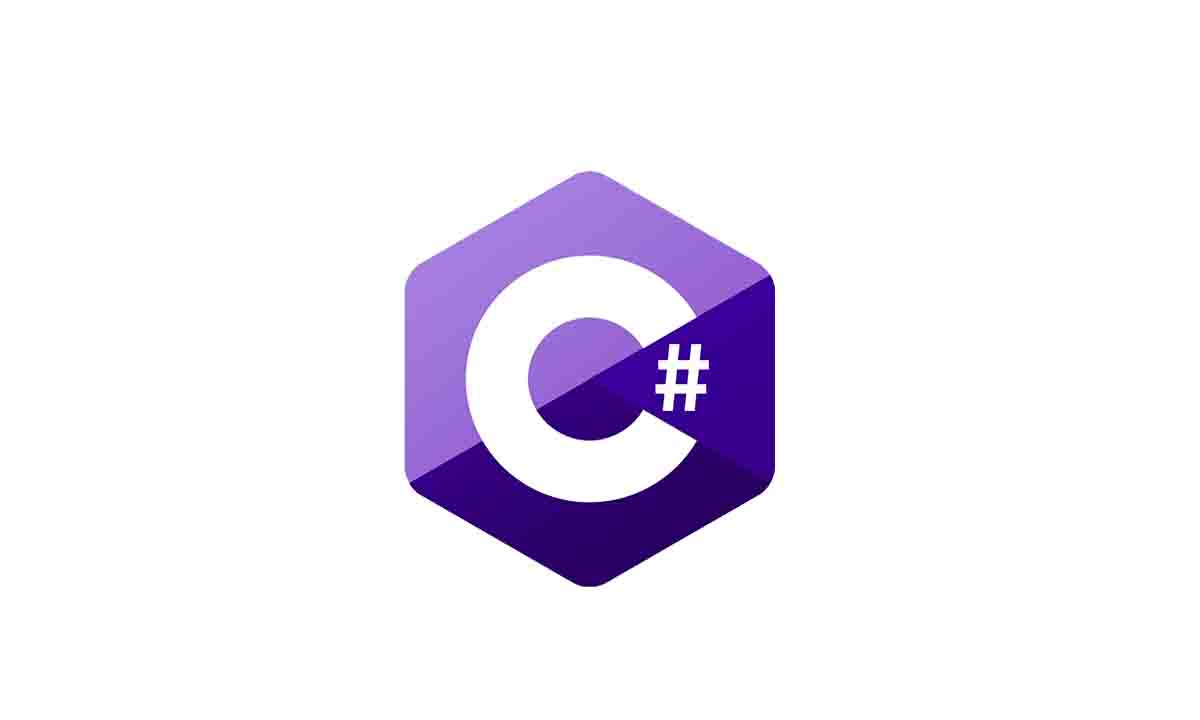Topics
What is the difference between Public, Private, Protected and Internal?
What is the difference between Public, Private, Protected and Internal?: There are five types of access specifiers in c# public, private, protected, internal and protected internal. In this article, I have explained each access specifier with an example.
1) Public
– No restrictions to access.
– The type or member can be accessed by any other code in the same assembly or another assembly that references it.
– Most common access specifier in C#.
using System;
namespace AccessModifiers
{
class Program
{
class sample
{
public int num1;
}
static void Main(string[] args)
{
sample obj = new sample();
obj.num1 = 10;
Console.WriteLine("Value of number 1 : {0}", obj.num1);
Console.ReadLine();
}
}
}
From above example you can see num1 can directly accessible by sample object.
2) Private
– The type or member can be accessed only by code in the same class or struct.
– Access is limited to within the class definition and any class that inherits from the class.
using System;
namespace AccessModifiers
{
class Program
{
class sample
{
public int num1;
int num2;
}
static void Main(string[] args)
{
sample obj = new sample();
obj.num1 = 100;
//As num2 is a private variable, It is not accesible by object of sample class
Console.WriteLine("Value of number 1 : {0}", obj.num1);
Console.ReadLine();
}
}
}
As num2 is a private variable, It is not accessible by object of sample class
3) Protected
– The type or member can be accessed only by code in the same class or struct, or in a class that is derived from that class.
using System;
namespace Protected_Access_Specifier
{
class BaseClass
{
protected int num1;
protected int num2;
}
class Sample : BaseClass
{
static void Main()
{
Sample obj1 = new Sample();
// Direct access to protected members:
obj1.num1 = 5;
obj1.num2 = 10;
Console.WriteLine("Num1 = {0}, Num2 = {1}", obj1.num1, obj1.num2);
}
}
}
If we define variable as a private variable then compile time error will occur.
4) Internal
– The type or member can be accessed by any code in the same assembly, but not from another assembly.
– It is the default access specifiers for a class in C# programming.
using System;
namespace Internal_Access_Specifier
{
class Sample
{
internal string companyname; // String Variable declared as internal
public void print()
{
Console.WriteLine("\nCompany name is " + companyname);
}
}
class Program
{
static void Main(string[] args)
{
Sample obj1 = new Sample();
Console.Write("Your Company name is :");
// Accepting value in internal variable
obj1.companyname = Console.ReadLine();
obj1.print();
Console.ReadLine();
}
}
}
